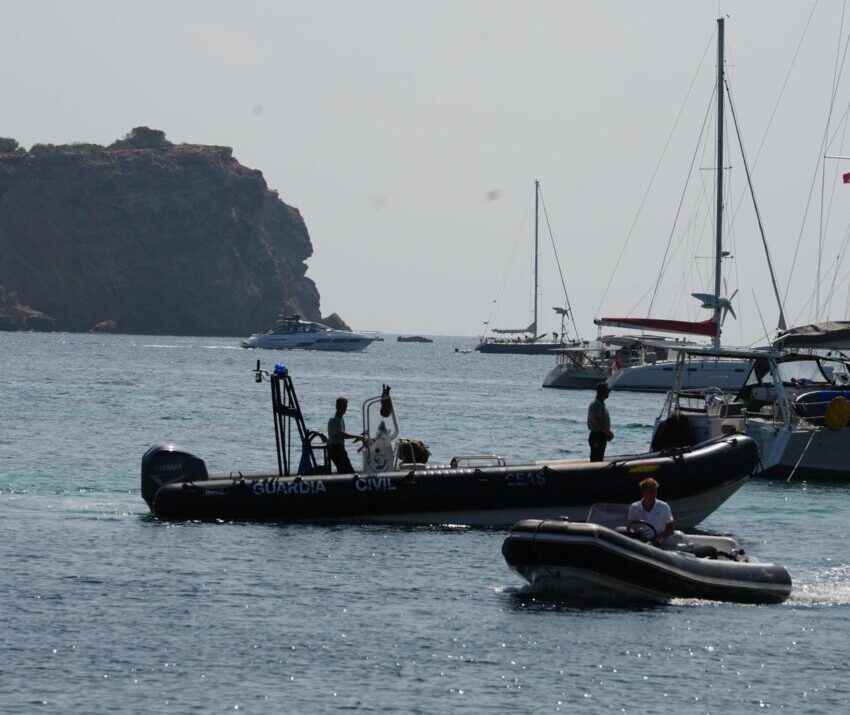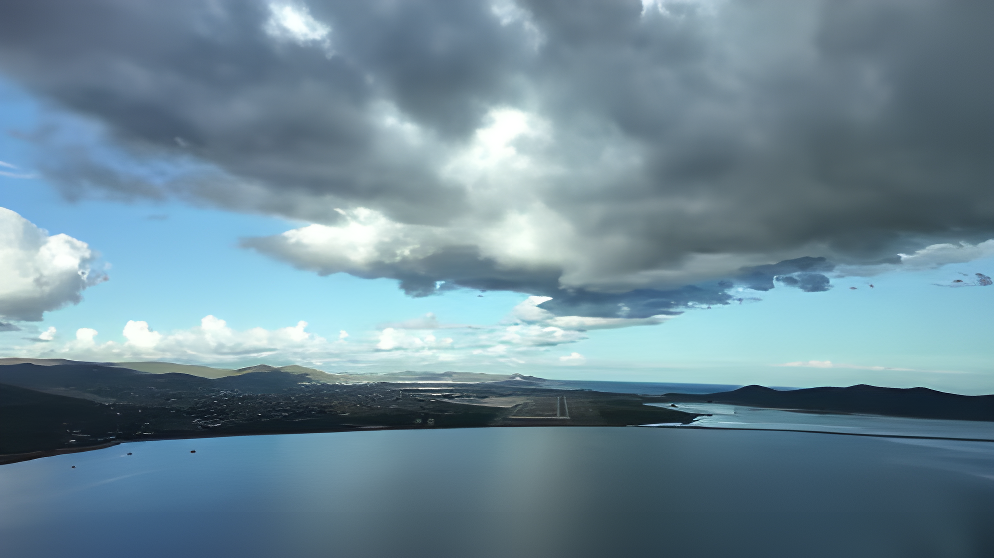Comet C/2025 A6 (Lemmon), one of the most anticipated astronomical phenomena of the year, has been photographed from Cala d’Hort (Sant Josep) coinciding with its closest approach to Earth on October 21, as reported by the Agrupació Astronòmica d’Eivissa (AAE) on its website. During those days, the celestial body was visible with binoculars, although the cameras managed to capture a tail of gas and dust of great extension.
The image, obtained on October 23 from the Cala d’Hort observatory, was taken with a Nikon 810A camera and a 200 mm F2 telephoto lens by astrophotographer Ignacio de la Cueva, member of the AAE. The result is the result of ten one-minute exposure shots, combined and processed using specialized astronomical photography software.
“The photograph shows two clearly differentiated tails: one of gas, which is more extensive, and a shorter one composed of dust particles,” De la Cueva explained in the statement.
A unique event in a millennium
EPA calculations indicate that comet Lemmon has an orbital period of about 1,350 years, although after this visit its orbit will be reduced to approximately 1,150 years due to solar gravitational braking. Therefore, it
Comets, according to the AAE, are icy bodies formed by rock and dust that come from the outer reaches of the solar system. As they approach the Sun, their surface is sublimated by heat, generating the characteristic luminous tail that makes them visible even from distances of millions of kilometers.










